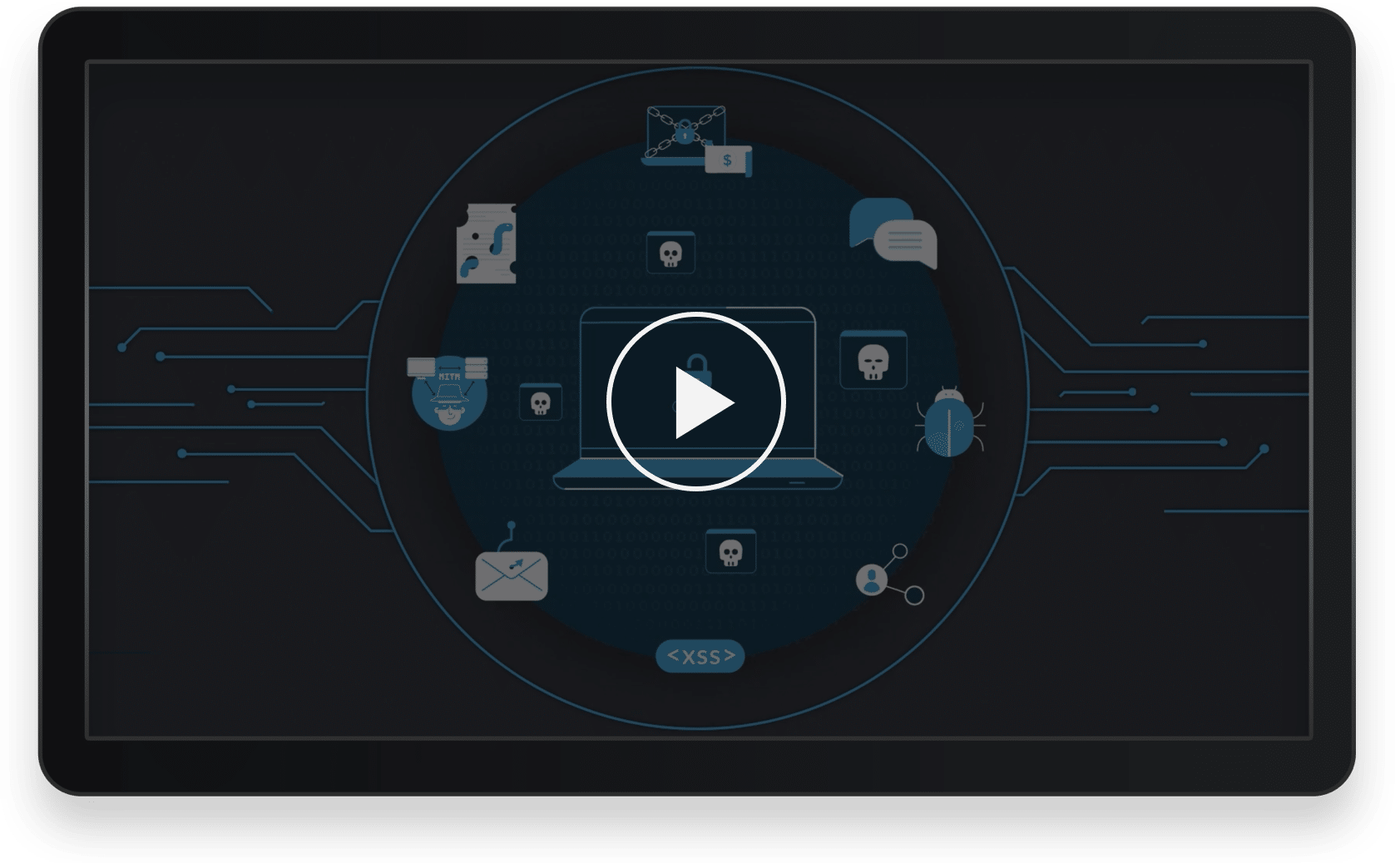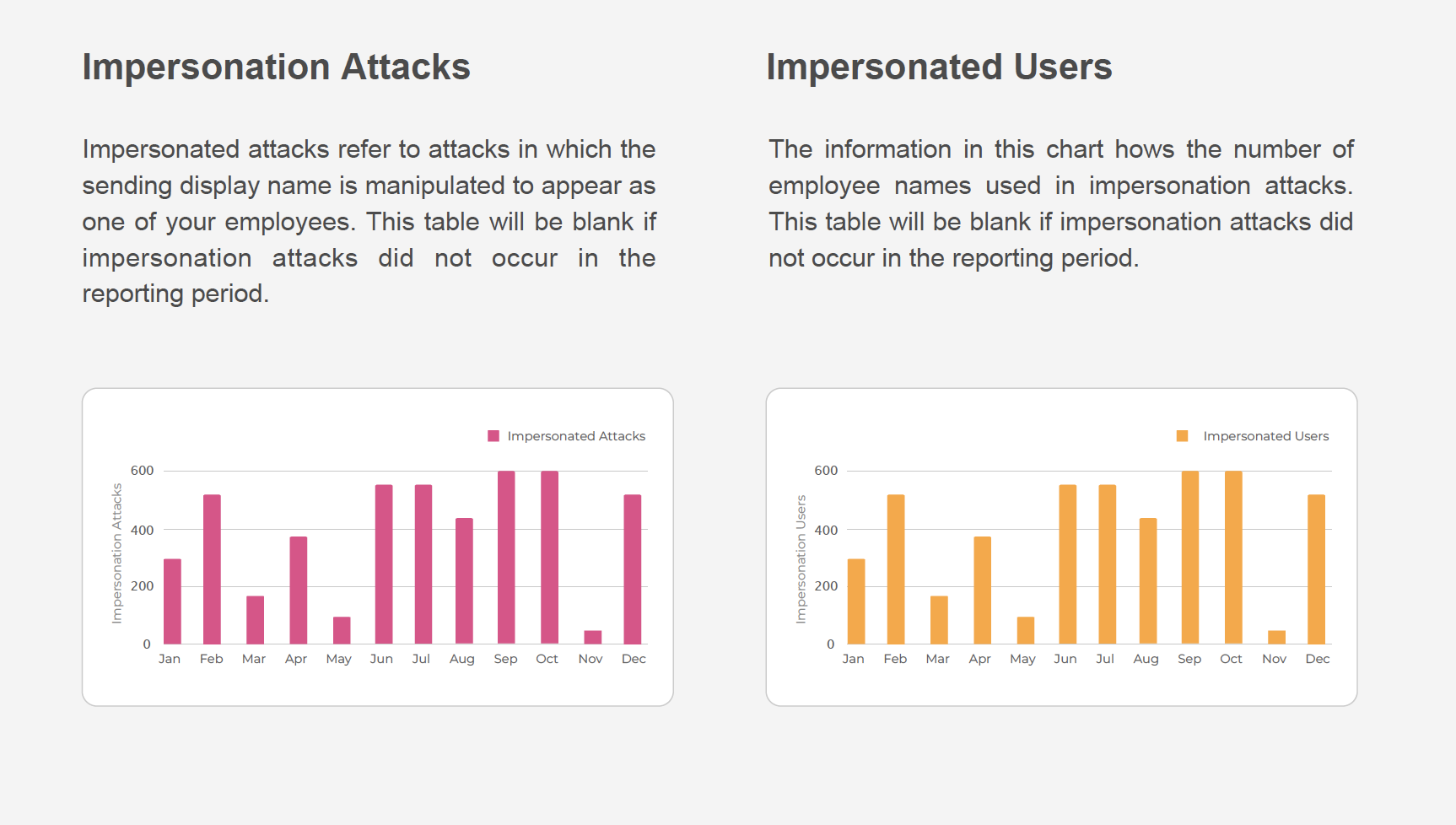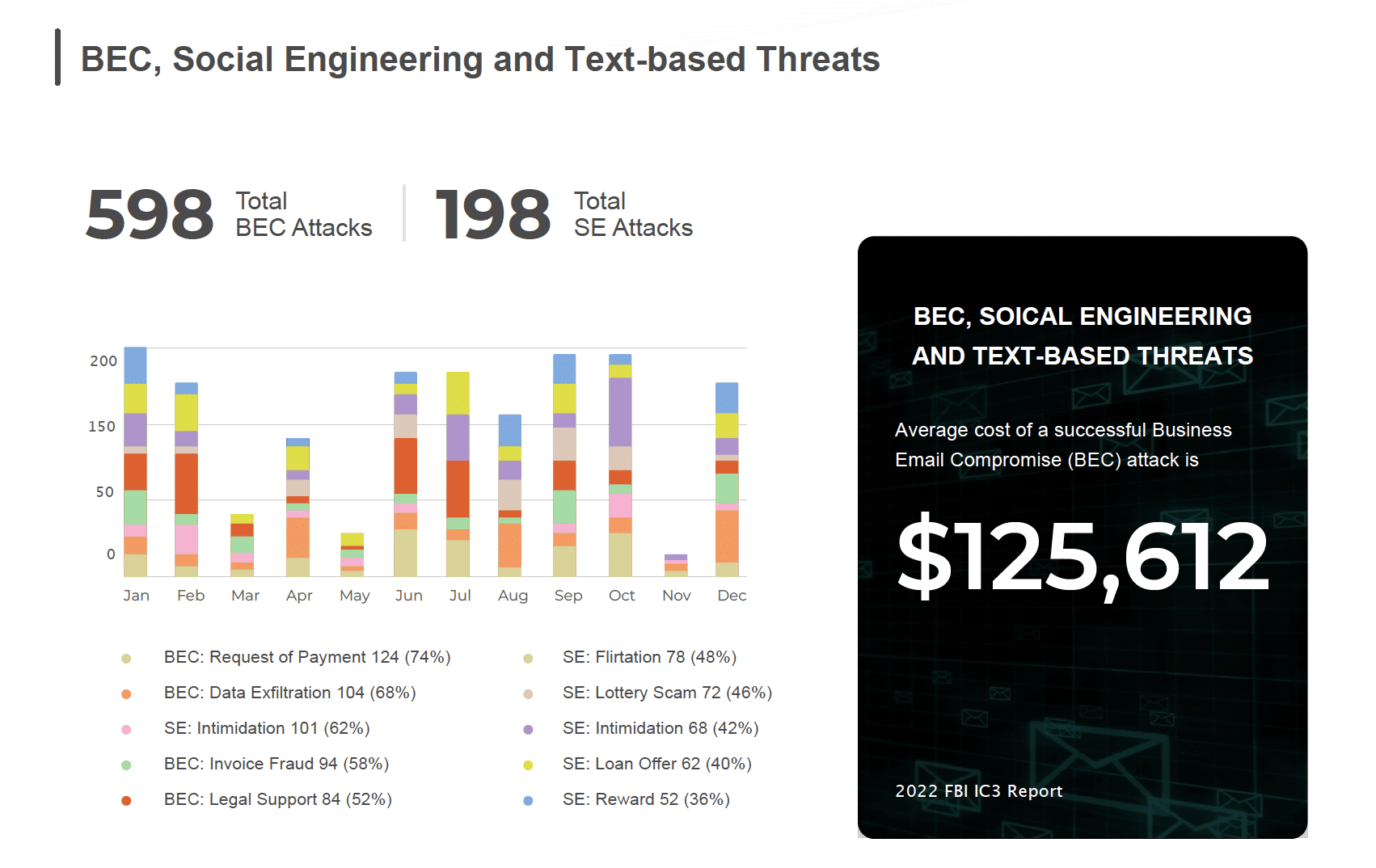URL Scanning vs. URL Analysis and Enrichment
What's the difference and why it matters
Most security teams, security vendors, MSSPs, and ISPs seek to know if URLs in their emails, network, or endpoint traffic are malicious. In many cases, they use URL scanning services, which typically involve a look-up against a curated database of known threats. Security analysts and threats researchers performing phishing incident response and threat hunting may also utilize URL enrichment services, either manually or through automated playbooks.
URL Analysis and Enrichment provide a single, correlated source of intelligence for a complete view. This whitepaper will deep-dive into these differences and more.
Download for a Deep Dive into the Difference Between URL Scanning vs Analysis and Enrichment
Exceptional Power, Extreme Accuracy
SEER™ stands for Session Emulation and Environment Reconnaissance. It’s a new and more effective approach for detecting phishing threats that evade anti-phishing methods that rely on URL inspection and domain reputation analysis. SEER uses virtual browsers to dynamically inspect page contents and server behavior in a purpose-built cloud to definitively detect phishing sites in real-time and with extreme accuracy.

Related SlashNext Resources

The State of Phishing 2021
Phishing attacks are moving faster than defenses. By mid-2020, SlashNext Threat Labs saw the numb…

Tolly Group Test Finds SlashNext’s 98.1% Spear Phishing Detection Rate Highest Among Key Security...
The results of the Tolly Group test demonstrates the difficulty for 1.0 anti-phishing solutions t…

AI Leads the Trend in Technologies to Fill the Cybersecurity Skills Shortage
As the shortage of skilled cybersecurity professionals intersects with the change and sophisticat…

Mobile Phishing Protection Data Sheet
SlashNext Mobile Phishing Protection provides the industry’s strongest protection against zero-ho…
6701 Koll Center Parkway, Suite 250
Pleasanton CA 94566
800.930.8643
info@slashnext.com
© All Rights Reserved, SlashNext, Inc.


